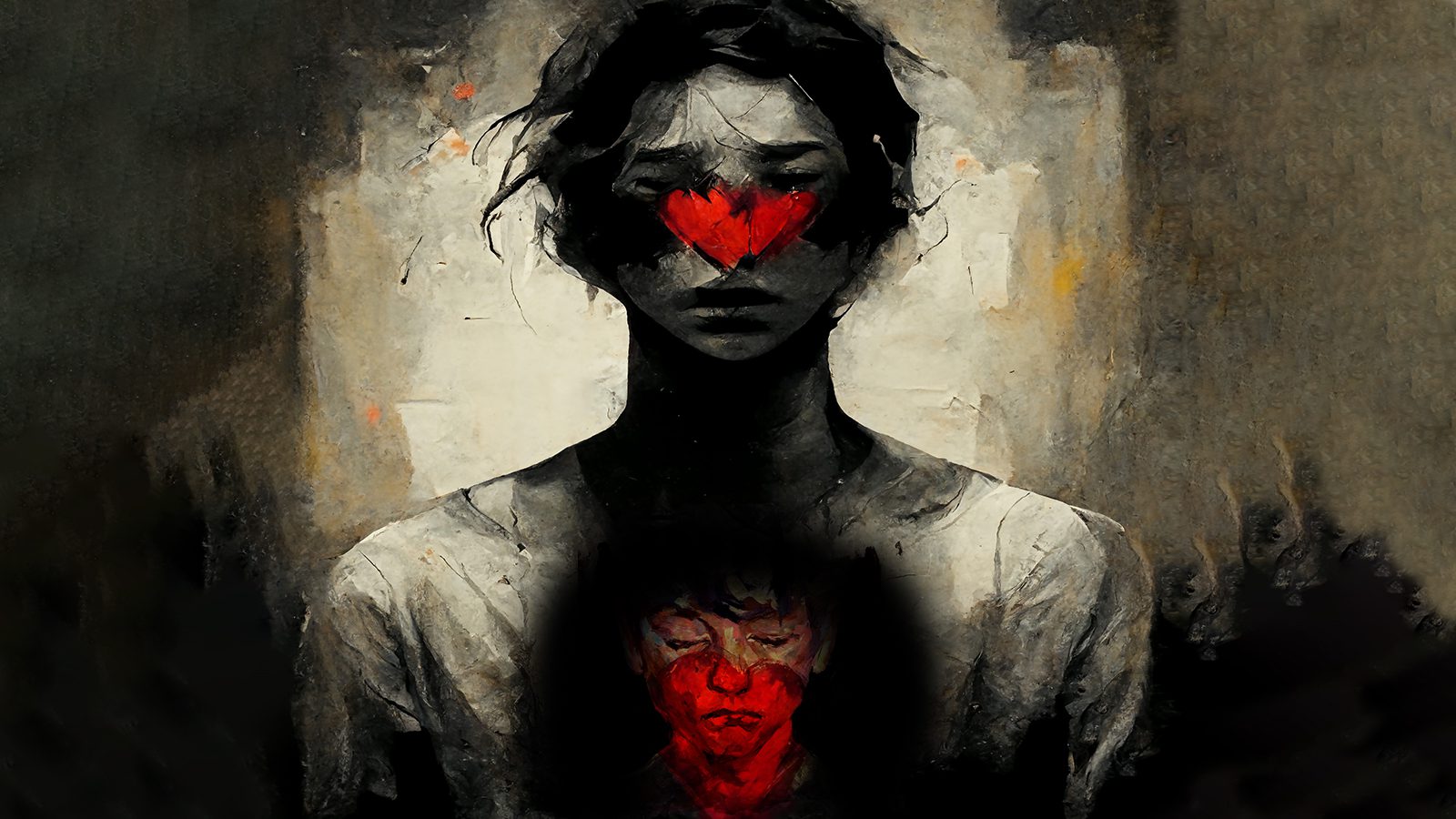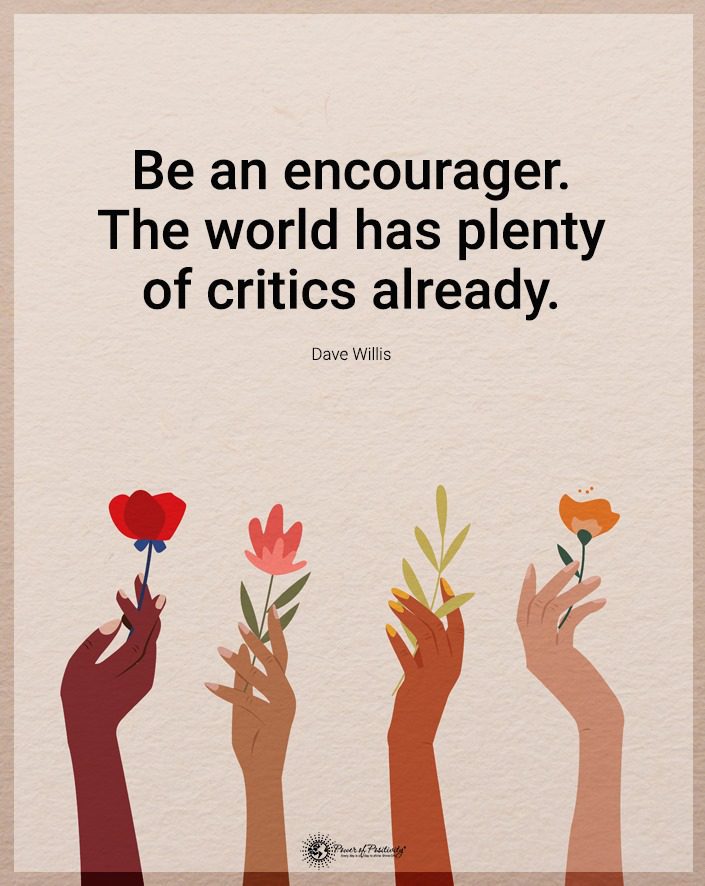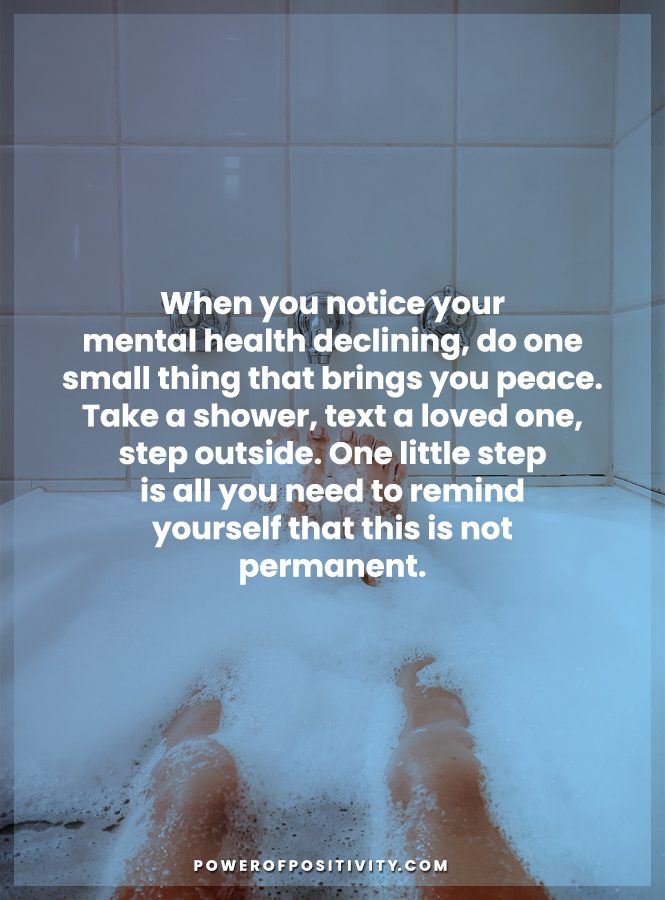Being an adult is hard regardless of your connection with your inner child. You have a lot of responsibilities, and you have to juggle them daily. You have to juggle work with having a social life and keeping in touch with your family. But, most of the time, no one takes care of you or ensures your mental health needs are taken care of. Not to mention that most adults can’t afford to act like kids and have some innocent fun. This means that there’s a lot of pressure on adults and little time to heal one’s inner child.
Not to mention that many people don’t even know what an inner child is. So, when this term is thrown around, it can be easy to assume that it doesn’t hold any psychological meaning. But it refers to the part of you that’s still a kid and needs to be treated accordingly. You might find it hard to believe that some part of you is still a little kid. But all the things you’ve learned as a child, coupled with your dreams and childhood memories, create this part of you.
There’s still a debate about whether your inner child is part of the subconscious or the conscious mind. Whatever the case might be, one thing’s certain. Your inner child is just as important to care for as any other part of your mind. And most people already deal with a wounded inner child. If you add extra neglect, you’re only going to struggle. So, the best thing you can do is learn what exercises you can do to heal your inner child.
What is an Inner Child?
An inner child is the part of yourself that keeps dreaming, just like a little kid. It’s how adults hold on to the kid version of themselves, even if they don’t realize it or do it intentionally. This part represents everything childlike about you, all wrapped up and kept safe in the corner of your brain. Some psychologists argue that it’s not part of the subconscious. Instead, they believe it’s a semi-independent sub-personality still subordinate to the conscious mind.
The term inner child is most often used by therapists so that they can refer to certain types of traumas and help heal them. Unfortunately, most people’s inner child isn’t all that stable. Most people have been through a lot of pain and suffering as a kid. As a result, they have a wounded inner child. That can mean they struggle with self-esteem and how they see themselves. Plus, they might not even feel they have any reason to dream or believe they can achieve everything they desire.
A wounded inner child will create scared adults with low self-respect who are much too pragmatic for their good. But why do people develop a wounded inner child? The main thing that leads to that is being mistreated or living in an unsafe environment as a child. Sometimes, this unsafe environment is caused by externalities. But, most often than not, it’s the fault of the parents or guardians. These people are supposed to keep kids safe at all costs.
Unfortunately, they are often the ones who abuse or otherwise mistreat them. This abuse can come in many forms, as everyone experiences and processes things their way. That being said, some things will always be categorized as trauma that can impact mental health. Amongst these are all the types of physical and psychological abuse and other issues, such as poverty.
Your Inner Child and Physical Abuse
Physical abuse is one of the awful things that a child can live through. But, unfortunately, it also happens more often than anyone would like to admit. Any victim of physical abuse knows just how frightening and demeaning it can be. Victims of physical abuse will find it hard to trust people and flinch at any sudden movement. So, when a child goes through such trauma, it can destroy them. And they will carry that trauma with them even as adults, which means they are likely to have a wounded child.
Emotional and Psychological Abuse
Emotional and psychological abuse can be just as damaging. And these types of abuse happen on a much larger scale. They are not as looked down upon as physical abuse is. Some people even believe that yelling at your kids is necessary. And others might not even realize when they are being abusive. Some parents never make enough time to listen to their kids or be there to see their plays or games. And that neglect can be just as damaging, even if the parents aren’t being intentionally toxic.
Being in a toxic environment can also mean that the parents fulfill their kids’ material needs. And this doesn’t just happen in low-income families. At least, a low-income family has no choice but to tighten the belt and spend as little as possible. In that case, not being able to provide for your kids isn’t abuse. But some affluent families use money or things to control kids. For example, punishing kids by threatening to punish them by not giving them dinner is abuse. And so is not giving your kids money for college or supporting them financially in any way that you can.
Your inner child can be wounded by many more things than just the ones listed above. No matter what caused that harm, it’s probably some unresolved trauma. But all you can do now is make sure that you try to heal it. And the best way to do that is through some exercises.
3 Exercises to Heal Your Inner Child
1. Write a Letter to Your Inner Child
Journaling has been used for a while as a therapeutic exercise. But it can be especially helpful to heal your inner child. It’s a mental exercise that can help you release negativity and arrange your thoughts. If you have a wounded inner child, you probably feel like no one supports or understands you. So, you can write a letter in which you offer all the help you didn’t get from your parents.
You can write whatever you want in this letter. Write about your feelings, your struggles, mental health, or your achievements. Vent about all the things you wished you would have as a kid that you didn’t have. But one thing always helpful to have in such a letter is words of encouragement. Write the words you wish you would have heard as a child. Then, when you read those words out loud, they will help you heal and let go of some of the guilt you were holding on to.
2. Make Time to Play
Adults never make time to play. This is mainly because they are told by society that play is beneath an adult and that it would be silly to do such childlike things. But it can also happen because adults simply don’t have enough time to play. Also, many people have the wrong idea about what play is.
Playing doesn’t just mean going to the park and running around. Although, that sounds like a lot of fun. But play is more about being free and letting your creativity flow. Playing aims to feel inspired again and let go of all the things that cause you stress and decreased mental health. You can color, sing, play an instrument, or even run barefoot through the grass.
You can do whatever you want if you have fun and listen to your inner child. That part of you has needs and will tell you what it needs. If you introspect, you will understand what you can do to fulfill your inner child. And if you take a couple of hours per week to be creative and have fun, your whole mood will improve. And it’s a great way to heal some of that trauma you’ve been holding on to.
3. Practice Self-Compassion to Restore Mental Health
This isn’t so much an exercise; it is a healthy habit you can incorporate into your life. Self-compassion is something that everyone would benefit from, but not many people know a lot about it. It’s rooted in the idea that people are allowed to make mistakes and that you should always be nice to yourself. So even if you’ve messed something up, you still should be kind to yourself and try to be constructive.
But most people are taught that they should be ashamed of themselves when they make a mistake. And this is usually an idea instilled in them ever since they were children. That’s why your inner child can be hurt deeply when you are rough on yourself. To change that, try to practice self-compassion. But first, you must understand that you are human and shouldn’t strive to be perfect.
Perfection doesn’t exist. Mistakes are the things that people can learn the most from, so you shouldn’t be afraid of making them. Remind yourself this every time you feel the urge to beat yourself up. Next, you need to try to reframe your thoughts and try to be more positive. Whenever a bad thought pops into your head, write it down. Rewrite it so that it has a positive meaning.
You can read those positive thoughts whenever you feel down, making you feel more confident. Your inner child will thank you for all this extra kindness. This kind behavior is something you probably craved as a child. So, if you give it to yourself as an adult, you will heal many old wounds to your mental health.
Final Thoughts on Exercises to Heal Your Inner Child and Reset Your Mental Health
Few people know what an inner child is, much less how to take care of it. An inner child is precisely what it sounds like. It’s the part of you that still hold on to childlike innocence and childhood hopes and dreams.
If your inner child is wounded, you must take time to heal it. One efficient exercise is to start journaling. Write a letter in which you wrote everything you wanted to be told as a child. Then, whenever you feel down, you can read that. You also need to make time to play and be creative. Lastly, you need to learn to practice self-compassion and be kinder to yourself.

















 Community
Community

